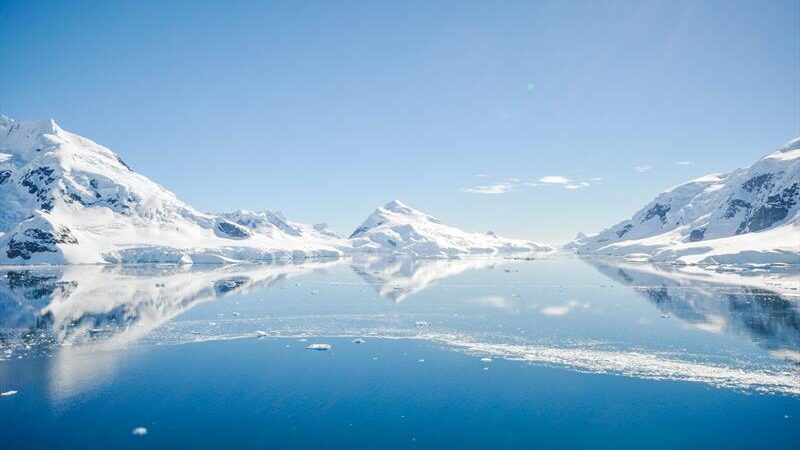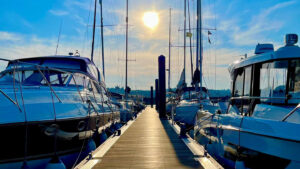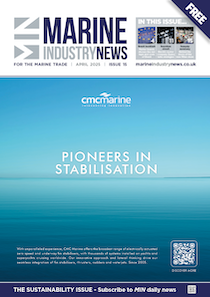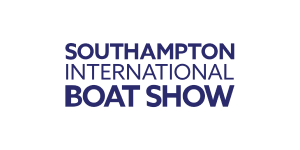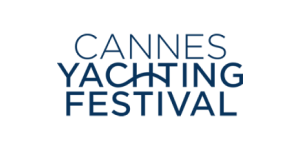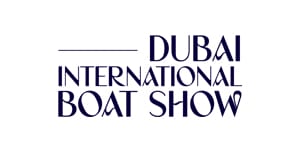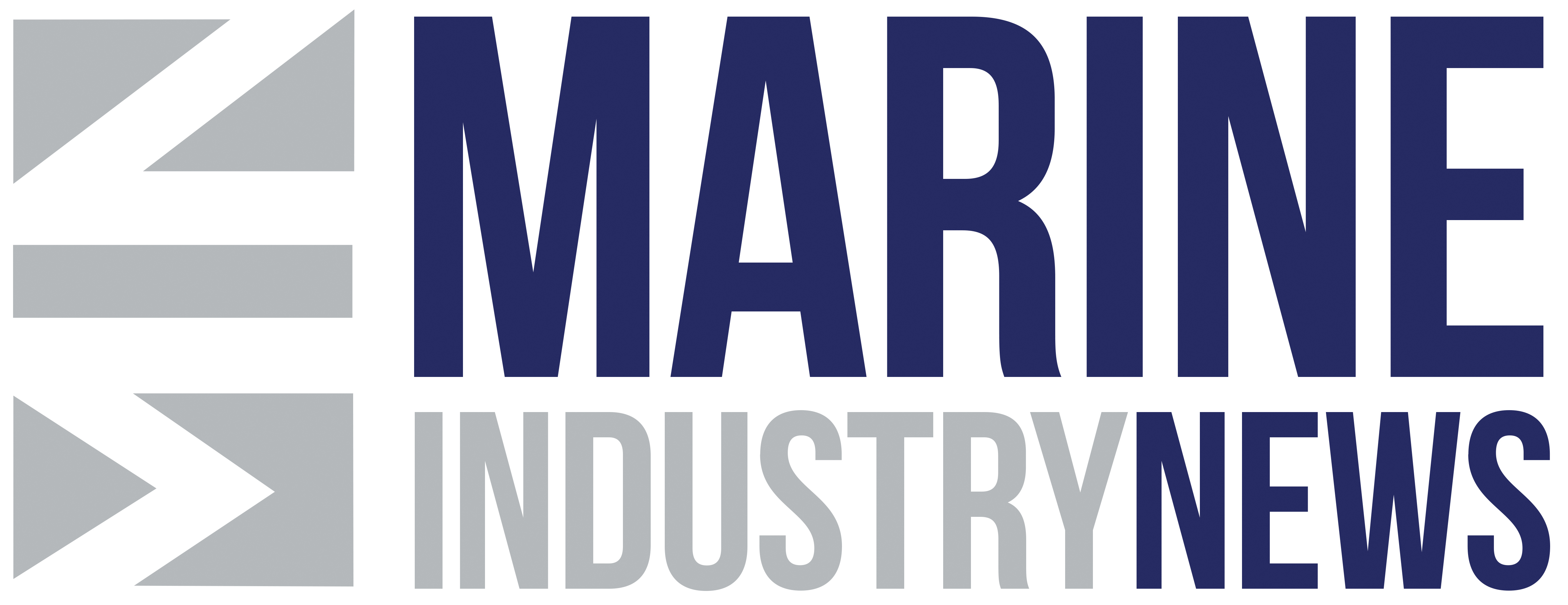Europe identified as a hotspot for marine microplastics
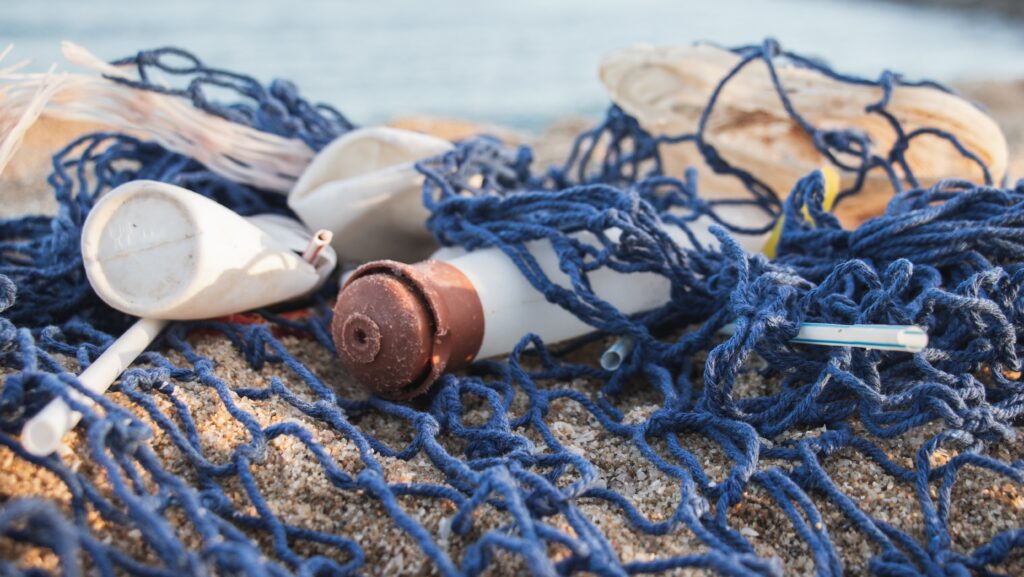 Every year, an estimated 11 million tonnes of plastic enter the world’s oceans.
Every year, an estimated 11 million tonnes of plastic enter the world’s oceans.
New research highlights that three of the world’s five major hotspots for marine microplastic pollution are in European waters. The findings are based on data collected during The Ocean Race 2022-23, during which samples were taken from various regions, including the Atlantic Ocean, the Southern and Pacific Oceans, and European seas.
Microplastics were detected in every water sample collected during the 60,000km race, including in remote areas thousands of kilometres from land.
Advanced sampling methods enabled scientists to identify microplastics as small as 0.03 millimetres, providing a more detailed analysis than traditional approaches. On average, 4,789 microplastic particles per cubic metre of water were recorded. The highest concentration, 26,334 particles, was near South Africa, followed by 17,184 particles near Brest, France, and 14,970 particles in the Balearic Sea. Sizes of microplastics ranged from 0.03 millimetres to 4.6 millimetres.
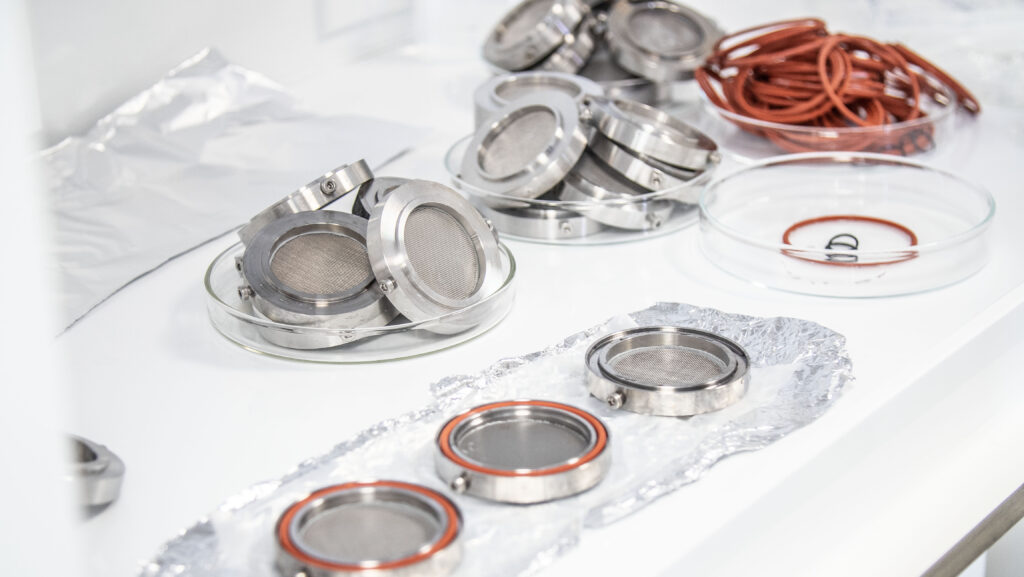
Analysis by the National Oceanography Centre (UK) and the University of Rhode Island (USA) found that 71 per cent of the microplastics were microfibres. These originate from sources such as polyester-based textiles, shedding during washing or drying, environmental degradation of discarded fabrics, and abandoned fishing gear.
The study coincides with international discussions addressing the global plastic pollution crisis. Delegates at the Intergovernmental Negotiating Committee meeting in the Republic of Korea are developing frameworks for international laws to combat this issue.
Victoria Fulfer, a microplastics scientist at the 5 Gyres Institute who conducted research for the University of Rhode Island, says: “These results mark a significant development in the global studies of ocean microplastics. For the first time, we have been able to measure tiny particles, as small as 0.03 millimetres, and determine not just their prevalence, but also identify the type of product that they originated from.
“We were shocked to discover such high numbers of microplastics. Less is known about these tiny particles, but there is potential that smaller microplastics will be more harmful to marine life and human health, as very small microplastics are capable of penetrating cells and tissues. Worldwide sampling efforts, like those conducted by The Ocean Race, are key to refining global models of microplastic pollution distribution and identifying new pollution hotspots.”
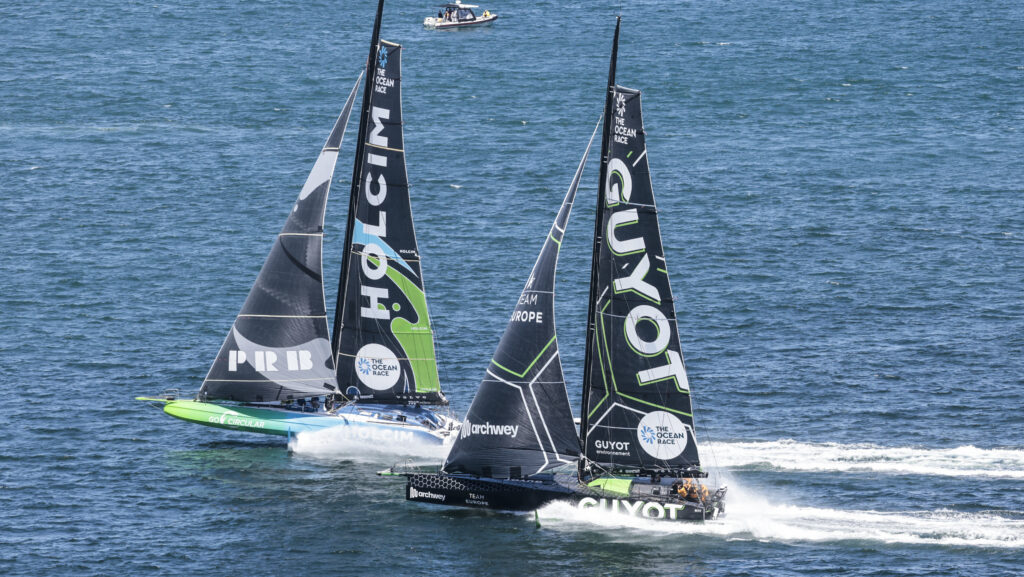
Data collection during the race was carried out using two 60-foot foiling International Monohull Open Class Association (IMOCA) sailing vessels—GUYOT environnement – Team Europe and Team Holcim – PRB. These were equipped with a specialised sampling unit, which filters water to capture particles between 0.03 and 5 millimetres in size over a two-hour period. Samples were collected daily and analysed by the National Oceanography Centre, with support from the University of Rhode Island.
Richard Brisius, race chairman of The Ocean Race, notes: “As sailors, for many years we have shared our experiences of seeing a growing amount of plastic debris in remote parts of the planet. Now, through our science programme, we have the data to back this up.
“There is no doubt that marine plastic is having a devastating effect. Microplastics have been found in species throughout the ocean, from plankton to whales, and we are consuming them ourselves in our food. If urgent action isn’t taken by the Intergovernmental Negotiating Committee this week, global plastic waste could almost triple, reaching around 1.2bn tonnes by 2060. We can turn this around, but we must act now.”
The Ocean Race’s science programme contributes to the Ocean Decade Odyssey project, an initiative under the UN Decade of Ocean Science for Sustainable Development (2021-2030). The project supports efforts to improve ocean health and promote sustainable development.

